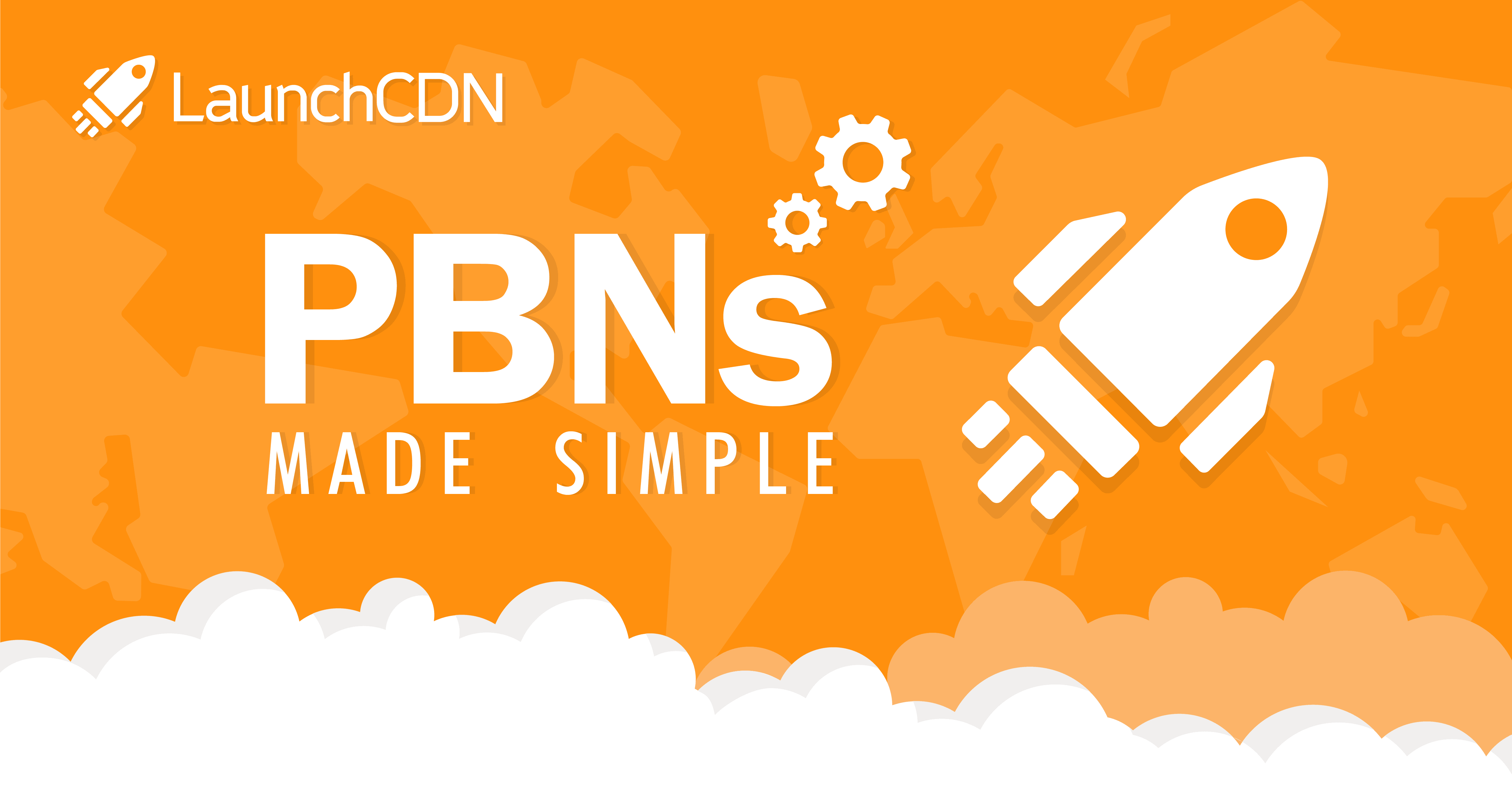All Categories
Featured
Table of Contents
- – What Is The Top Semantic Content Strategies
- – Top Semantic Search Engines Shop Near Me
- – When Are The Top Semantic Content Optimizatio...
- – What Are The Top 10 Semantic Search And Seo?
- – What Is The Ideal Semantic Seo Insights Serv...
- – Semantic Seo Framework
- – What Is The Top Optimizing For Semantic Search
The web is altering, coming to be a lot more and a lot more semantic. Search engine optimization is likewise altering and coming to be much more semantic. This is since internet search engine have actually evolved and are relocating increasingly more in the direction of reading web content on the web. Certainly, that has also changed the means we create material, specifically if we intend to place much better in the online search engine.
Intertwingularity is not typically recognized, individuals keep acting they can make things deeply ordered, categorizable and consecutive when they can not. Based on the relationships between search intents, the search engine favors a material in positioning by determining the range in between the vectors of meaning.
It enables you to see, starting from a subject, all the entities that belong to that topic. By doing this you can plainly see which entities/concepts/ideas have actually currently been covered on your web site, and you can find brand-new possibilities by recognizing what web content you can include and just how to produce it.
What Is The Top Semantic Content Strategies
It has the ability to make your material reasonable for search engines on the one hand and for your audience on the other. Structuring your material version highlights your content and its hidden connections to ensure that search engines can identify you among thousands of pieces of information, making you a lot more visible to individuals that satisfy the search intent related to your service.
In semantic search engine optimization copywriting, an editor begins from a more comprehensive series of topics and tailors the material to include semantically appropriate terms and phrases that help viewers comprehend a subject, comparable to reviewing web content in a wiki. From a content composing point of view, one functional method to do this is to create a vocabulary of terms and inquiries bordering your target subject.
Top Semantic Search Engines Shop Near Me
Discover more concerning by seeing the by!.

Semantic search refers to the process of exactly how internet search engine recognize and match search phrases to a searcher's intent in organic search results page. Prior to semantic search, internet search engine like Google ran like matchmakersaligning details words in your question with those precise words on webpages. The results were simple however frequently did not have deepness.
When Are The Top Semantic Content Optimization Sales
It allows Google to provide fast, precise answers to browse inquiries regarding real-world subjects. When you kind a question word right into Google, you're not just getting in a series of words.
When you look for "Apple," Google does not just see a word that describes a fruit. It acknowledges Apple as a business and can provide related information. Like the name of its CEO, Tim Cook, or its most recent supply rates. Google introduced the Hummingbird update in 2013. It was Google's solution to the rise of voice searches, where queries ended up being extra conversational and nuanced.
What Are The Top 10 Semantic Search And Seo?
By incorporating NLP, Hummingbird enabled Google to move beyond mere keyword matching. It helped the online search engine comprehend search intent, enhancing the chances that results would properly match the reason behind a user's search. As the third crucial ranking element after web content and links, RankBrain has improved Google's semantic search capabilities to comprehend the definition of search queries.
Making it more reliable at handling never-before-seen search inquiries. RankBrain takes into consideration more than just search phrases when assessing a search query.
So it fetches outcomes that match the keywords and straighten with the total intent of giving pup training guidance. And if the user regularly browses for dog-related content, Google may prioritize a lot more thorough training guidesrecognizing the customer's continuous passion in the subject. Combining innovations like the Knowledge Graph, Hummingbird, and RankBrain, semantic search helps the Google formula interpret and connect information throughout a large internet of information.
What Is The Ideal Semantic Seo Insights Service To Use
The emphasis shifts from keyword choice to an all natural technique encompassing user intent, topical relevance, and overall customer experience. Creating content that addresses the searcher's requirements with comprehensive info can improve your SERP positions.
A more comprehensive strategy to material aligns much better with semantic search's shift away from specific key words matching and towards individual intent. Material that covers search questions more thoroughly not only satisfies users.
UX intends to create an aesthetically enticing, user-friendly user interface with appealing, top quality material that urges visitors to remain. Semantic search modern technology makes it possible for search engines to intend for outcomes that offer the best possible UX.
Semantic Seo Framework

All showcase Google's capability to address a topic inquiry adequately. By recognizing the context and intent behind individual inquiries, online search engine can supply much more relevant info and possibly raise customer involvement. Customization in search results page creates far better UX.Based on your past search history and preferences as an individual, semantic search helps online search engine tailor the results to suit your distinct requirements and passions.
So it brings results that match the key phrases and line up with the overall intent of giving young puppy training guidance. And if the user regularly browses for dog-related material, Google might prioritize a lot more detailed training guidesrecognizing the individual's continuous passion in the subject. Integrating technologies like the Knowledge Graph, Hummingbird, and RankBrain, semantic search assists the Google algorithm analyze and connect information across a substantial internet of details.
What Is The Top Optimizing For Semantic Search
The emphasis changes from keyword option to an all natural technique including individual intent, topical importance, and total customer experience. Producing web content that resolves the searcher's requirements with thorough information can boost your SERP rankings.

A wider technique to material aligns better with semantic search's shift away from specific keyword matching and towards customer intent. Web content that covers search inquiries more extensively not only satisfies customers.
And five times more than sites that take 10 secs to load. While technological SEO makes certain optimum website performance and accessibility, concentrating on customer experience (UX) takes it a step better. UX intends to develop an aesthetically attractive, user-friendly interface with interesting, quality web content that encourages visitors to remain. Semantic search innovation enables internet search engine to go for results that provide the very best possible UX.
All display Google's capability to resolve a topic query adequately. By recognizing the context and intent behind user questions, search engines can provide extra pertinent information and potentially raise customer engagement. Customization in search results produces better UX.Based on your previous search background and choices as a customer, semantic search helps internet search engine tailor the results to suit your distinct demands and passions.
Table of Contents
- – What Is The Top Semantic Content Strategies
- – Top Semantic Search Engines Shop Near Me
- – When Are The Top Semantic Content Optimizatio...
- – What Are The Top 10 Semantic Search And Seo?
- – What Is The Ideal Semantic Seo Insights Serv...
- – Semantic Seo Framework
- – What Is The Top Optimizing For Semantic Search
Latest Posts
What Is The Most Trusted Semantic Seo Examples Brand
What Is The Most Reliable What Is Semantic Seo Brand
What Is The Leading Semantic Keywords Service In My Area?
More
Latest Posts
What Is The Most Trusted Semantic Seo Examples Brand
What Is The Most Reliable What Is Semantic Seo Brand
What Is The Leading Semantic Keywords Service In My Area?